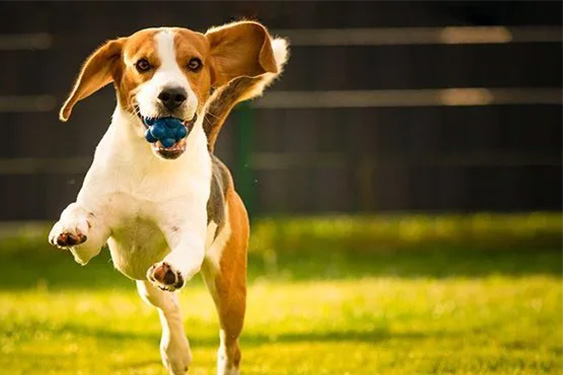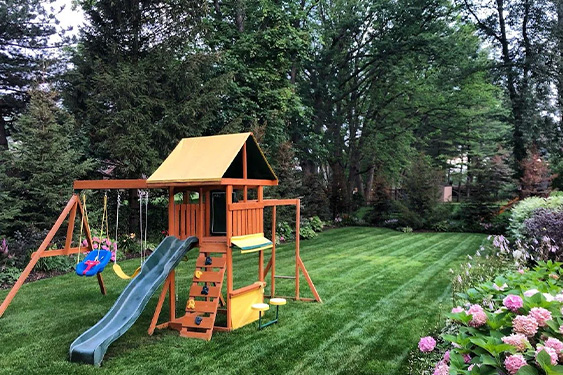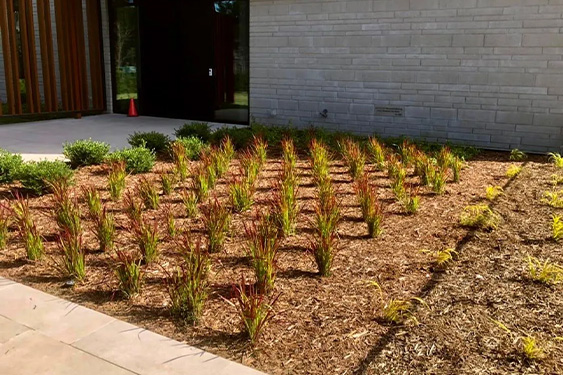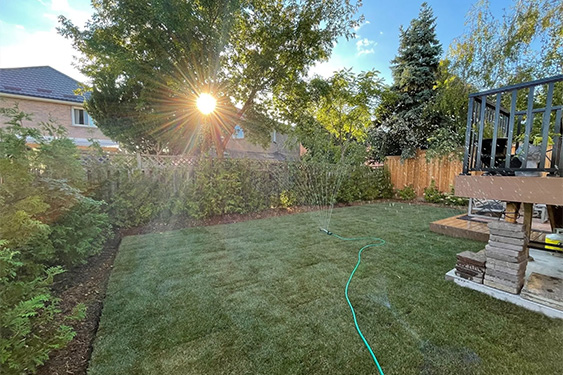How to fix dog urine spots on lawn? As dog owners, we cherish the love and companionship our furry friends bring into our lives. However, an aspect of pet ownership that poses a challenge is the effect of dog urine on our beloved lawns. Those unsightly yellow spots that appear after our dogs relieve themselves can be a source of frustration. In this blog, we’ll discuss the facts behind why dog urine is bad for the lawn. As well as useful prevention techniques to avoid those brown patches.
Understanding the Problem:
The main culprit behind lawn damage from dog urine is the high concentration of nitrogen in the urine. Dog urine contains a lot of nitrogen and other related salts. Therefore, when puppies urinate on the lawn, they deposit a significant amount that rests, collects, and grass ultimately absorbs. Dogs are obligate carnivores, and as a result of their carnivore diet, their urine has a greater nitrogen content. The result is that the grass “burns” and behaves like a concentrated dose of nitrogen fertilizer.
These high nitrogen levels damage or even kill the turf, resulting in the brown appearance. Contrary to popular belief, the pH of urine does not cause the grass to turn brown.
Too acidic or too alkaline circumstances are bad for turf grass. A dog’s urine has a pH level between 6 and 8, which is in between acidic and alkaline. This means that the pH of the urine shouldn’t harm your lawn. The pH is not what kills the grass; it is the nitrates.
Preventing Brown Spots on Your Lawn
So, what exactly do these dog urine spots look like? A ring of lush, more rapidly growing grass than the lawn around them surrounds the 3-inch diameter brown urine stains. The outside circle receives a lesser increase in nitrogen, allowing it to flourish rather than burn.
To keep your lawn green without dead patches. You’ll want to focus on preventative steps to stop the spotting before it even happens, especially on your new sod.
Take note that fresh grass is more susceptible to stains being damaged by dog pee since it hasn’t had time to develop roots.
Spray Water
Spraying or splashing water on the area is one of the most practical and straightforward prophylactic measures. A watering can, spray bottle, or hose should always be nearby. For days when your dog needs to go outdoors to relieve himself. Water can assist in removing damaging nitrogens from dog urine from the lawn and preventing brown stains on the grass.
Walk Your Dog
Taking your dog around the block may be a better option than putting your gorgeous green lawn in danger. Walking your dog can accomplish three things. You work out and your dog works out. Now everyone has a chance to go potty without worrying about damaging the lawn.
To keep your lawn green, keep an eye on the areas where your dog urinates and thoroughly water them afterward.
Train Your Dog
Teaching your dog to go potty in one spot can reduce the number of dead spots on any given grass. Choose a spot in the yard where the family dog can relieve itself. Reward the dog when they relieve themselves there. Before you know it, you’ll just have one damaged place to deal with rather than 20 brown patches.
An Important Tip: If you don’t want any messes to clean up or water later. Think about creating a doggie bathroom area. You can use tall grasses, mulch, or dog pebbles to absorb urine. It’s more effectively than standard lawn grass and prevent permanent brown patches from forming.

Even though dog urine can make it difficult to have a spotless lawn. It’s crucial to keep in mind that it is a normal aspect of dog ownership. You may lessen the effect of canine pee on your grass. By being aware of the science underlying the problem and taking preventive actions. Include promoting hydration, training, watering the area, thinking about alternative ground coverings, and adhering to good lawn care procedures. Keep in mind that you can keep a healthy lawn even with a four-legged companion by your side.
More information about other issues, you will find in our blog.



